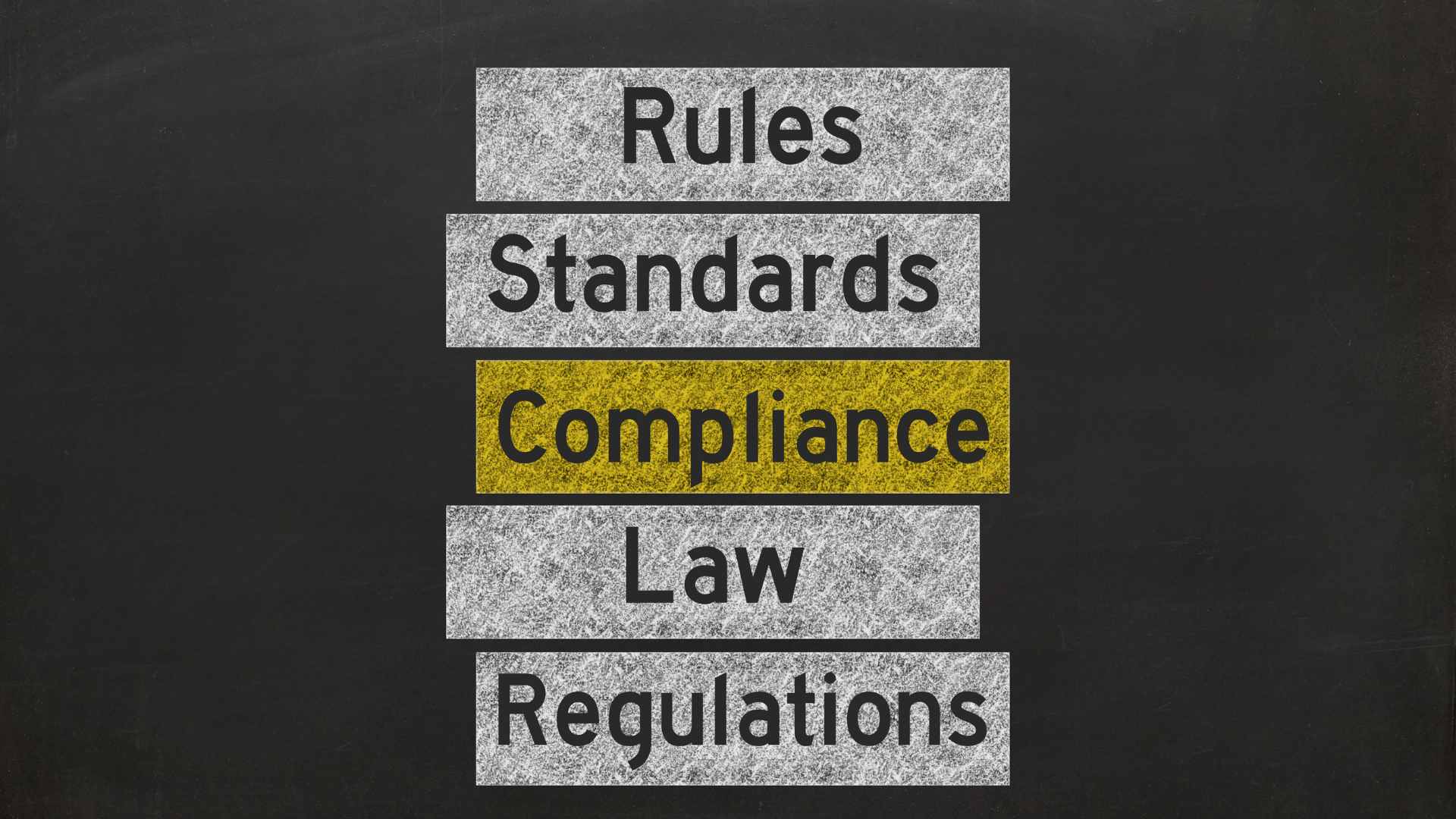VIEW BY TOPIC
- Finding Customers
- Business Systems
- Managing Employees
- Leadership
- Managing Money
Related Posts

Ready to Grow Your Business Fast?
Here’s How I Grew Five Businesses, and Eventually Sold One to a Fortune 500 Company.

An ongoing concern for small business owners is employee attrition. After investing time and resources to hire, train, and develop a staff member, it was a loss once our high-caliber employees decided to leave.
Since 2010, employee voluntary turnovers have nearly doubled – from 22 million per year to 40 million – according to 2018 U.S. Bureau of Labor statistics. Half of the employees who leave a company are millennials (25% are Generation X and 19% are Baby Boomers). A major factor in this trend is low unemployment rates, meaning there are lots of jobs out there for the taking. If an employee isn’t satisfied, the job-hopping begins.
It’s certainly wise to know why employees leave, so you can learn what might help you retain them. First, why do employees leave?
Salary lower than the market.
If an employee can find a similar job making considerably more than their current job, they will. The increased payroll can be offset by savings in the use of temporaries or by not having to advertise, interview, and train new hires.
Lack of recognition or rewards.
It’s natural for employees to want to be recognized for their hard work and contributions toward the company’s success. If staff sees the company having financial success, but there are no or insignificant rewards like bonuses or stock options, then they might start looking at other companies who do provide monetary incentives.
Overwork/burnout.
Another reason employees leave is because of reorganization or downsizing. A company will lay off workers then give those job duties to other employees. Or high-performing staff members are assigned the tasks that less competent workers can’t or don’t finish.
Overwork can also happen if work is made hard by poor management, undocumented processes, or lack of proper tools. Ultimately, the overburdened worker gets the same pay for more hours and stress; this leads to the dreaded work/life imbalance.
The job isn’t as advertised.
In the recruiting and hiring phase, departing staff often cite that the full job details aren’t clearly communicated or understood. Expectations regarding schedule, responsibility, autonomy, or other aspects of the job aren’t made clear. Imagine an employee is hired as an administrative assistant, but is really just given the job of a receptionist.
Not enough coaching or feedback.
Many workers like to have that sense of knowing they’re headed in the right direction, and that they’re doing their job well. They look to supervisors to give them the managerial support they need.
No opportunity for career growth.
Especially in a small company, employees can become discontented if there’s no challenges or potential for moving into a more engaging position. According to a recent Gallup poll, 32% of departing employees claim they left due to the lack of career advancement opportunities. As a result, employees leave a company.
How to Avoid Employees Attrition
Following are possible ideas for proactively keeping your staff happy.
Alleviate frustration and confusion for new hires:
- Better onboarding to communicate expectations, company culture and values, work schedule, etc.
- More documentation like procedures, handbooks, or process flows to help staff execute tasks properly and quickly.
- Written job description (even better, a look at the job family progression – ex. Software Developer I, II, III to Senior Software Developer to Lead Developer).
Provide recognition and rewards:
- Regular performance reviews with discussion about employee needs and level of satisfaction
- Bonuses, raises, as well as non-monetary rewards like awards for teamwork, customer service, and ___
- Flexible work schedules or job sharing
Employ good management practices:
- Properly trained managers (know what staff does, how to coach and grow employees, and how to guide them on a career path)
- All-inclusive team meetings or town halls for:
- Visibility
- Recognition
- Connecting and inclusion
- Communicating the state of the business
- Q&A
- More training opportunities (like lunch ‘n learns or web-based seminars)
Giving a Jumpstart for Your Employees to Do Well
Not properly onboarding new hires could be the Achilles Heel for many businesses. Eager new additions want to do a good job, but management may neglect to give the information and support they really need. Written documentation like step-by-step procedures for key tasks, user guides, or a project roadmap will help the employee to know what they must do and how to do it. You can invest once in documents like your company vision and values, job descriptions, or policies and standards which will provide foundational knowledge for all staff members.
A Lack of Training
A widely stated factor that creates confusion, frustration, and stress is lack of training. Employees are willing to do a task, but don’t know exactly how to do it.
My employer (who was my father) tersely told me to make a trip to a supplier to pick up some aluminum. He said to 19-year-old me, “Take the flatbed.” It had a stick! Knowing I’d never driven it before, he jumped in the truck and shouted “first, second, third, reverse” as he shifted through the gears. Then “Come right back!” as he walked off.
A few panicked minutes later I had to stop at a light. I didn’t realize I had to let off the clutch slowly to get up the hill to go through the stoplight. The engine kept dying. Cars were honking. A man got out of the car behind me and yelled to let the clutch out gradually. I finally got off that slight incline and to my destination. I’ve never forgotten how mad I was that my dad hadn’t taken a few more seconds to give proper instructions.
It’s the responsibility of management to give employees the training, coaching, and support to do their job. If an employee feels lost and is unable to finish a task, then stress, low morale, and dissatisfaction follow. They might attribute this situation to lack of respect for employees, to bad managers, or to a toxic workplace. Their next move – find someplace better to work.
Giving Appreciation and recognition
An easy problem to avoid is no reward or recognition. Employees expect some type of acknowledgment of their efforts. It’s not all about money – a simple mention in a staff meeting of John’s planning that led to an on-time, on-budget project can be positive. We posted a recent blog about free or low-cost ways to reward employees:
- Printed certificates of appreciation for good customer relations, teamwork, project success, etc.
- A “callout” about good work in a staff meeting or town hall or in an email
- A $5 gift card for coffee or ice cream
- An “Employee of the Month” parking spot or poster
- One hour to leave early or come in late
- A short stint (weeks or months) of job sharing or shift changes
Also, allow open discussion in performance reviews to talk about their overall opinions. Ask them how is their job satisfaction? What could be improved? Ideas for innovation or efficiencies? Do they have any questions or concerns?
The Power of a Good Manager
A key factor in the majority of job dissatisfaction is MANAGEMENT. The manager has authority and influence over many elements that can cause job satisfaction or dissatisfaction.
Managers should be good communicators, lead by example, and give appropriate feedback. They should be empowered to offer monetary and non-monetary rewards, and to provide sufficient training and mentorship. Managers do not lead by example when they:
- regularly take long lunches or are absent for long stretches
- seldom if ever stop to chat with an individual employee
- don’t have staff meetings or occasional get-togethers
- rarely give awards or recognition
- don’t focus on opportunities to train and grow employees
- don’t understand the basics of their team’s duties
Ineffective Managers
Employees are often disheartened by the manager’s lack of knowledge of what they do or how they do it. This situation can lead to a lack of respect and trust in their manager’s decisions, and to frustration with understanding what it takes to do their job efficiently and well.
I recently heard of an employee (“Sheila”) who took the extra time to research and fill in ALL the data needed for a certain form before sending it on to the next person. This attention to detail saved time (thus money) down the line as the next person would just kick it back to her. This causes delays in the form being processed, so can lead to customer dissatisfaction. The manager, not understanding what Sheila did, only sees she’s spending too much time on the task. Instead of being seen as a conscientious and detail-oriented worker who’s saving the company money and avoiding customer service issues, she’s berated by her manager. This has raised Sheila’s level of frustration and stress such that she wants to leave.
A lot of managers are put in their positions without the right training or guidance to actively improve areas like morale, communication, and job satisfaction which result in employee retention. Often, employees are promoted to a management position because they did their regular job well, but they lack the training and coaching needed to lead others.
Summary
A company keeps its employees by knowing what they want:
- for their ideas, opinions, and input to be heard and considered
- to be appreciated and acknowledged for their contributions, abilities, and progress
- to be properly trained for the sake of competency, confidence, and future career opportunities
- to know they’re valued and compensated appropriately
- to work for people who competently use well-developed management skills
It might take more work and effort to retain your employees, but value comes from long-term benefits like loyal and high-producing teams … savings on frequent hiring, onboarding, and hand-holding new staff or temps … successful projects … quality products … satisfied customers … and all the efficiencies and by-products that come from well-trained, content, and experienced staff. The result: business success.















